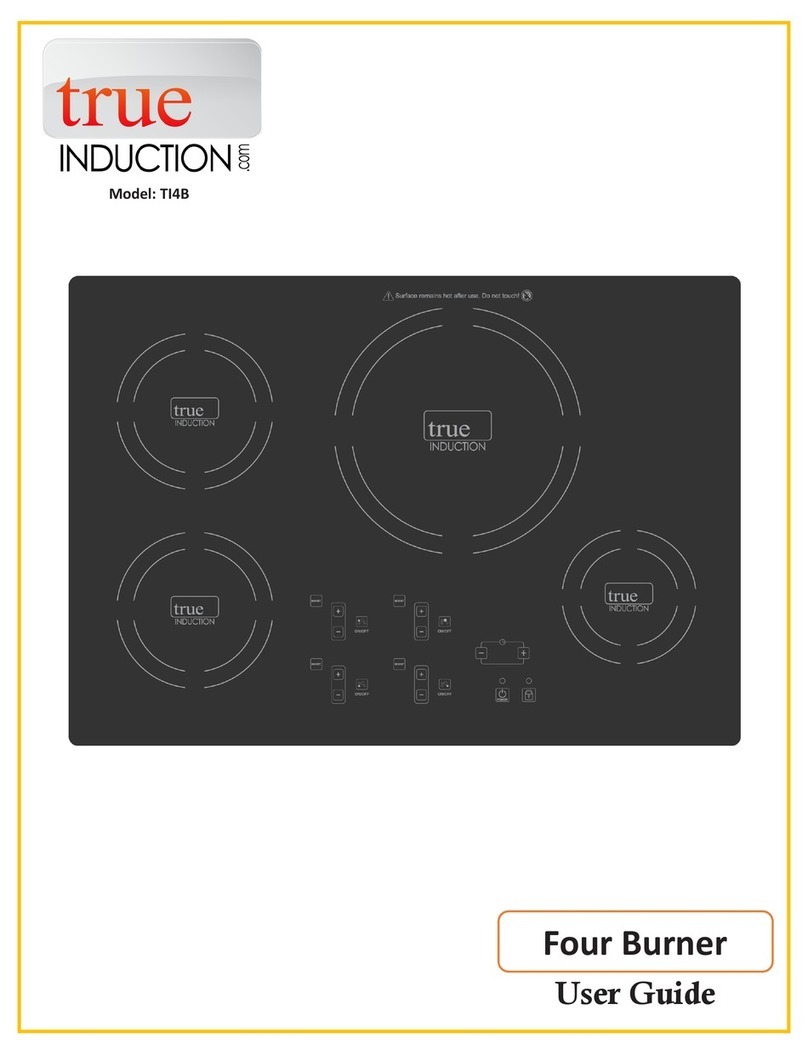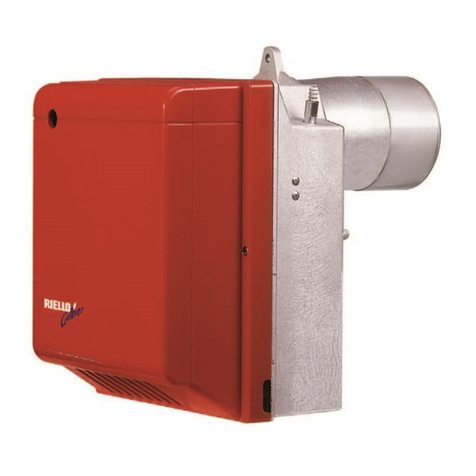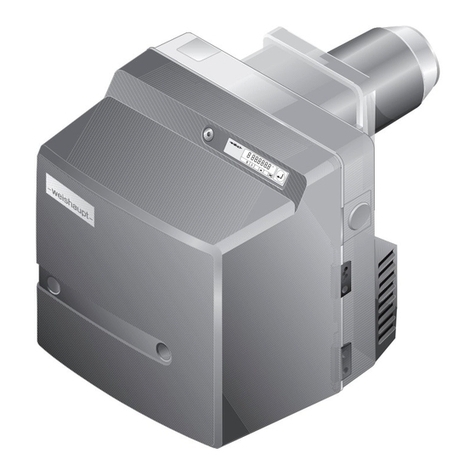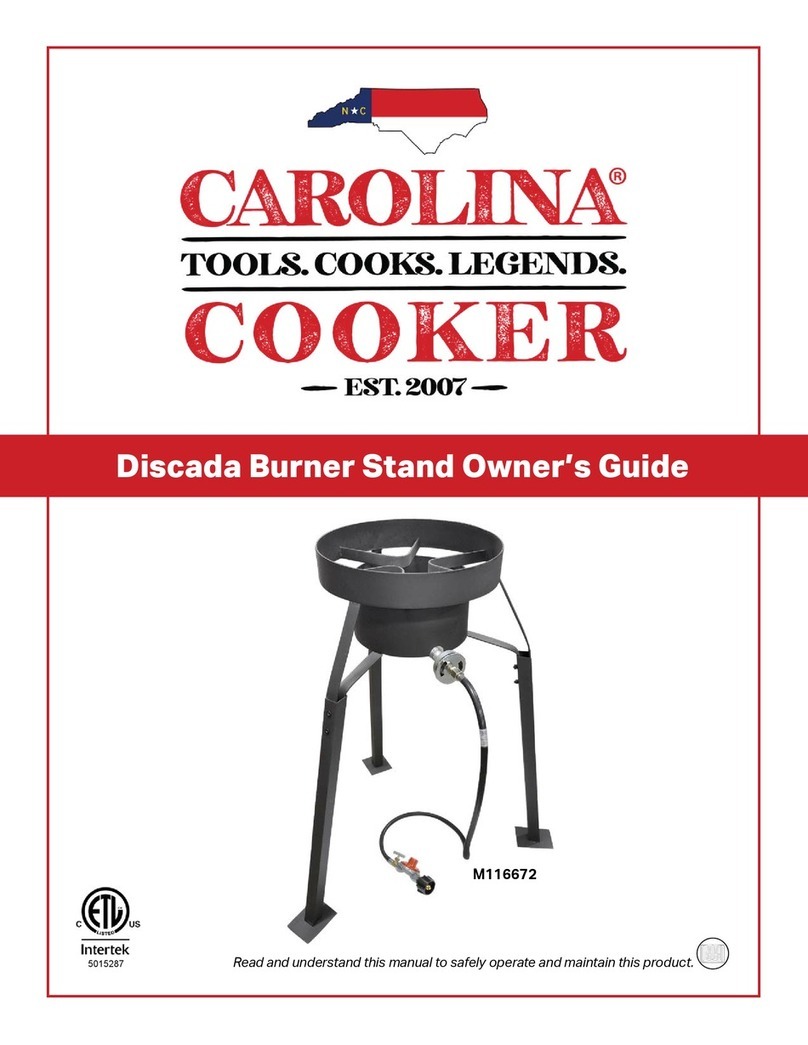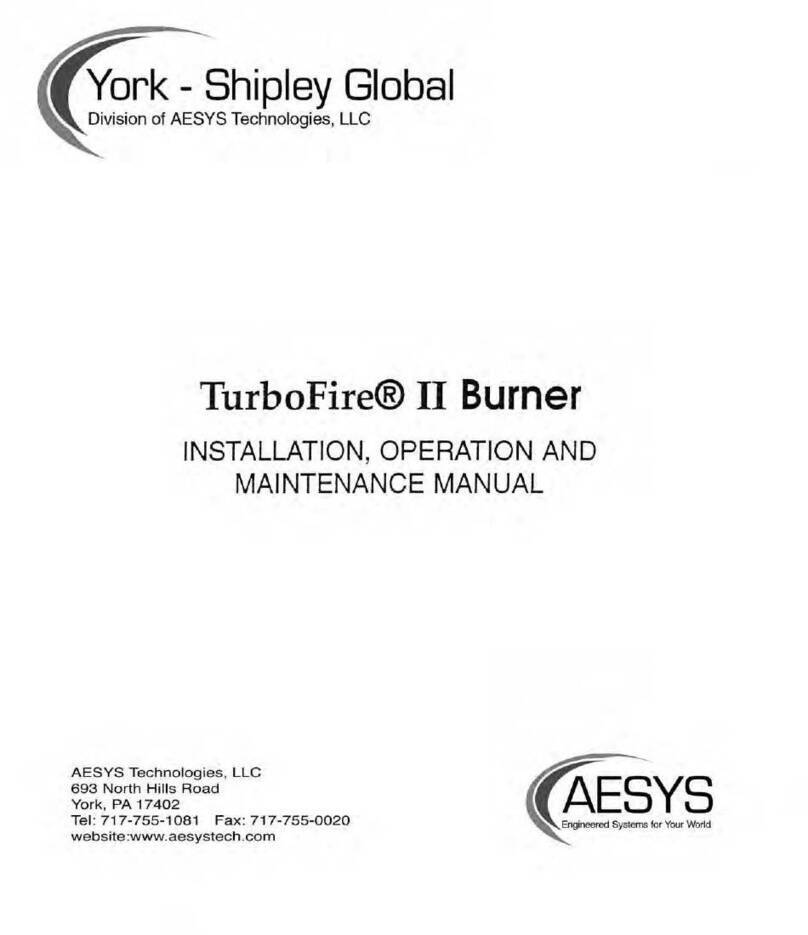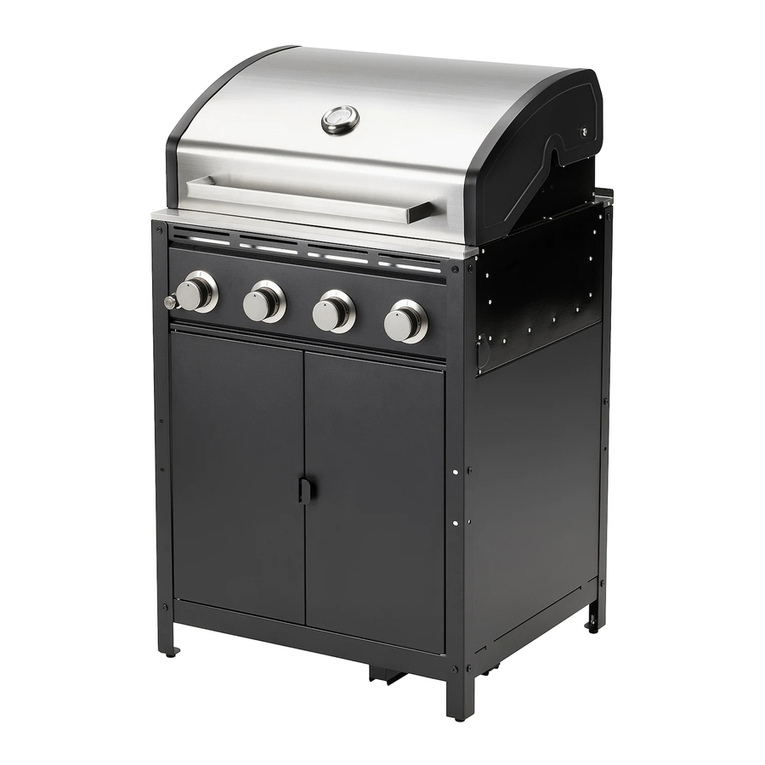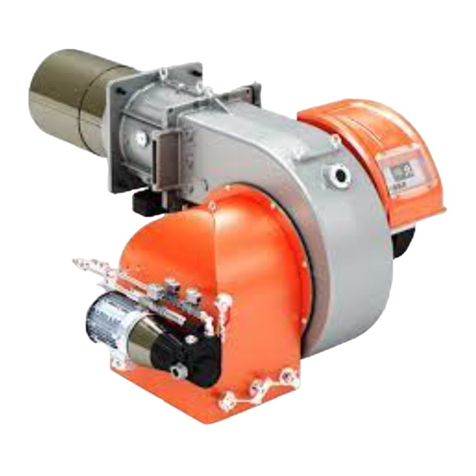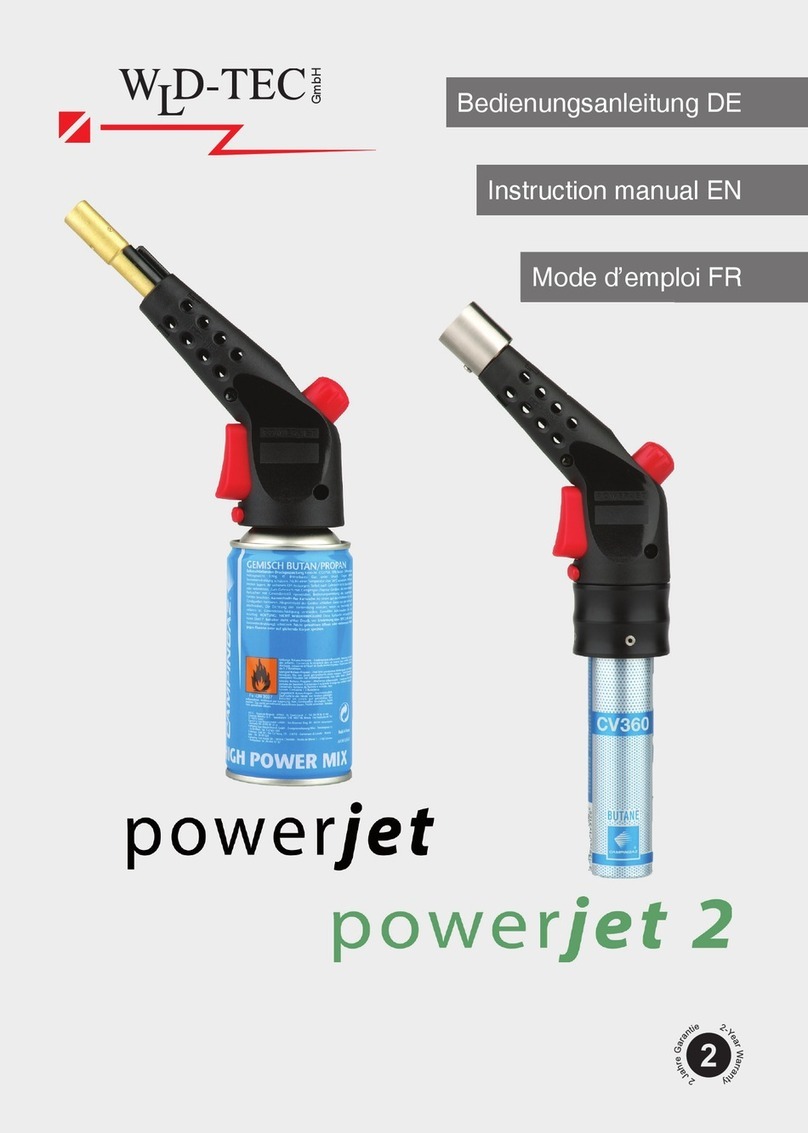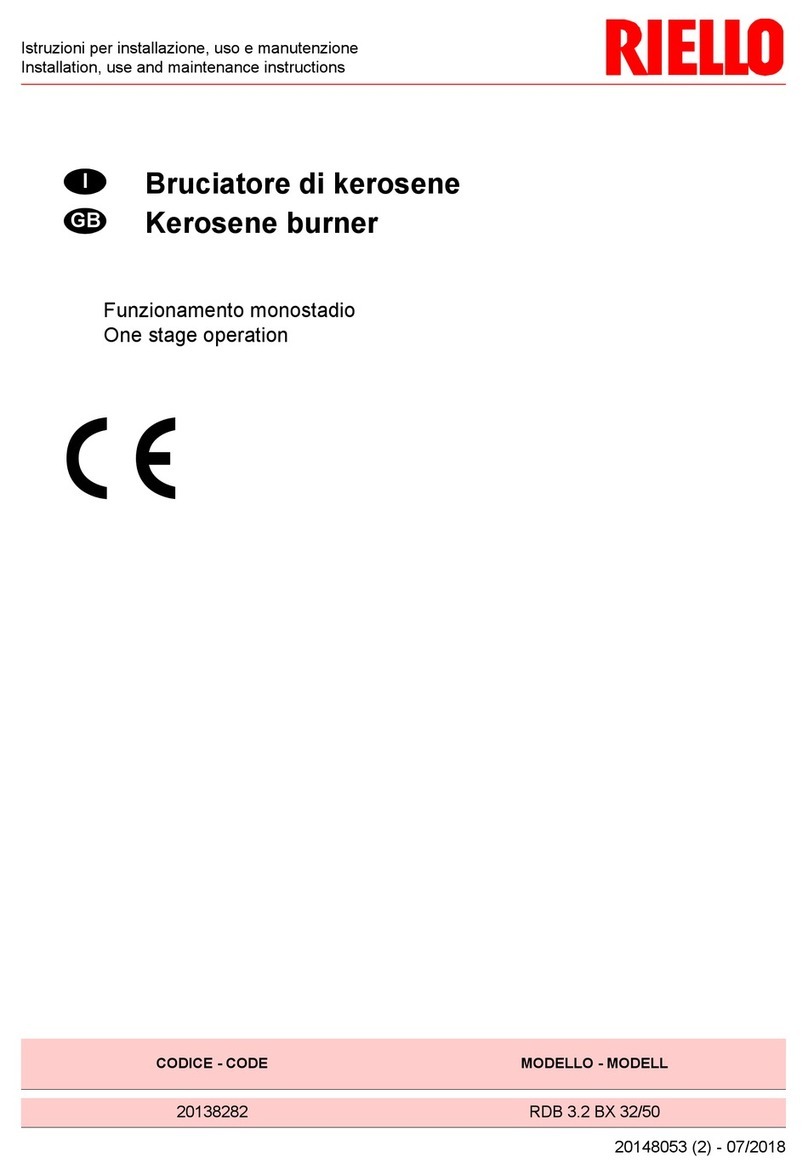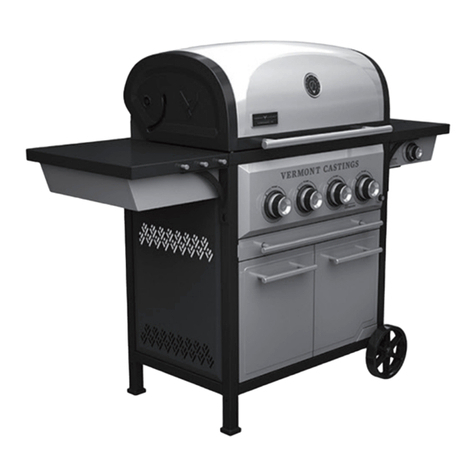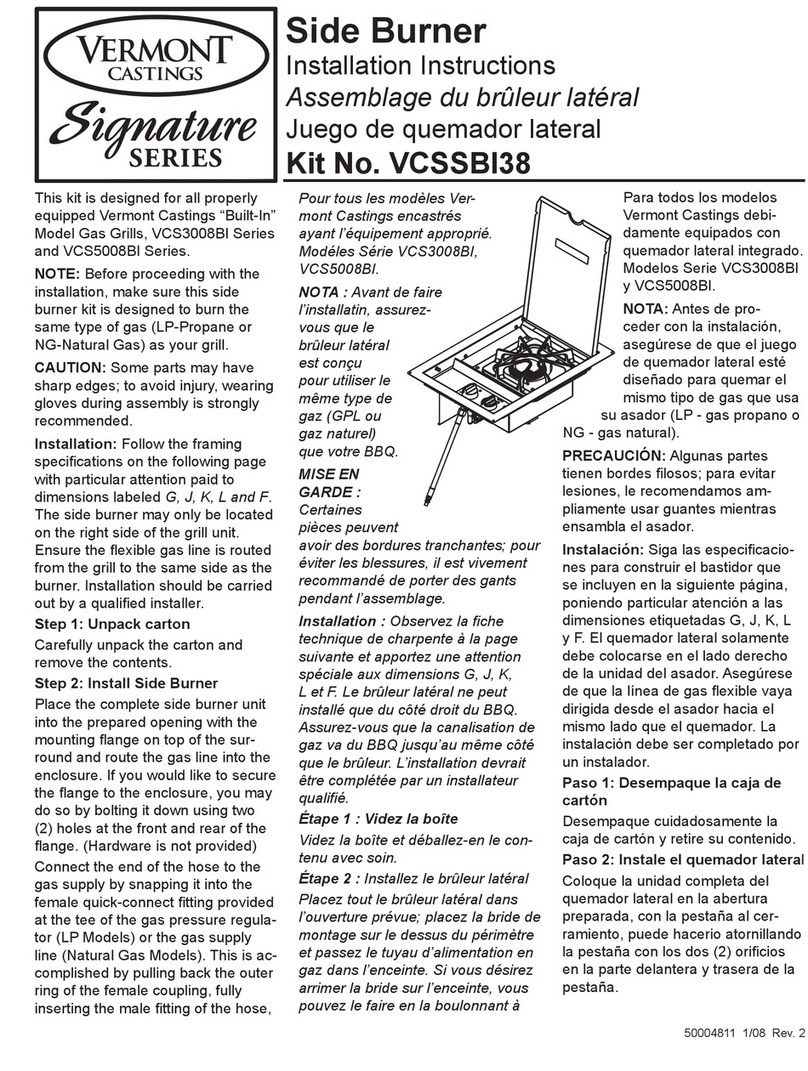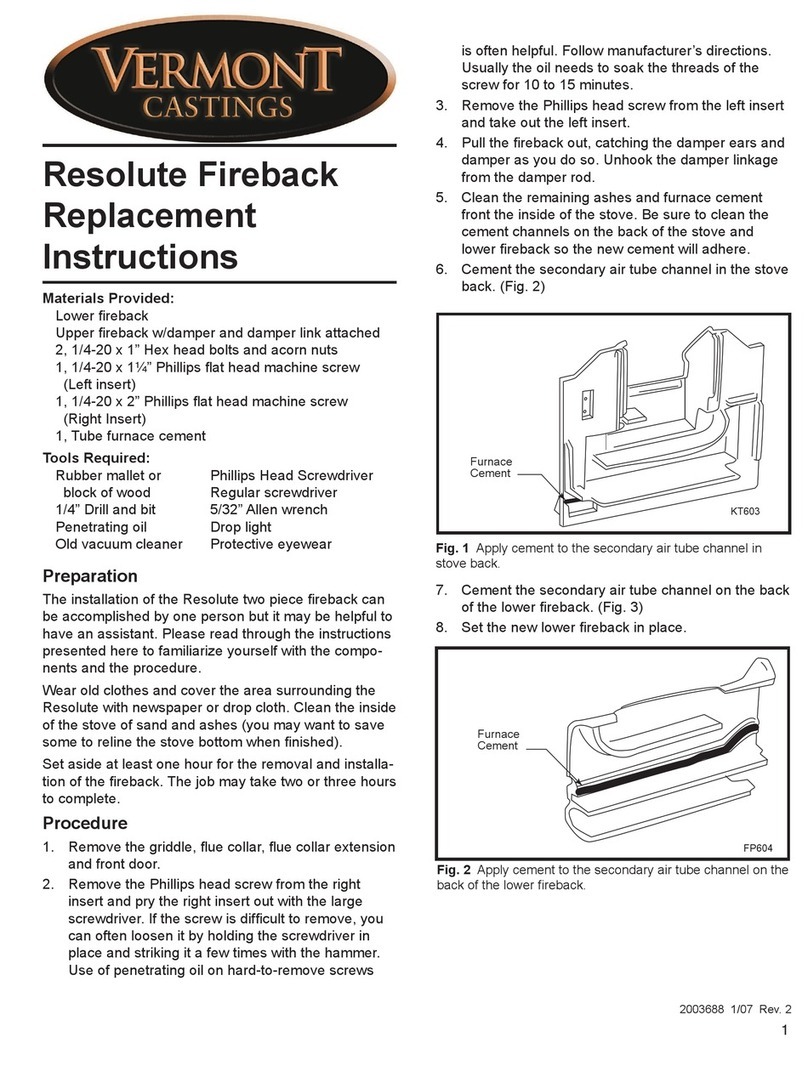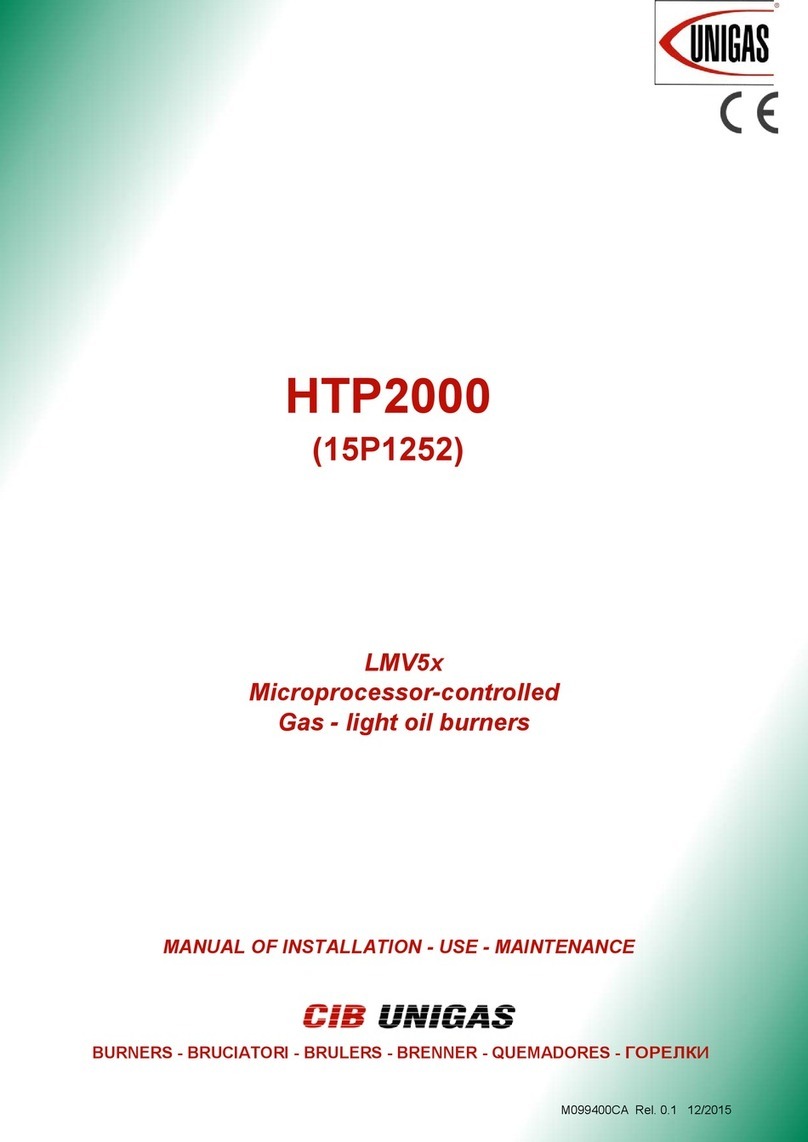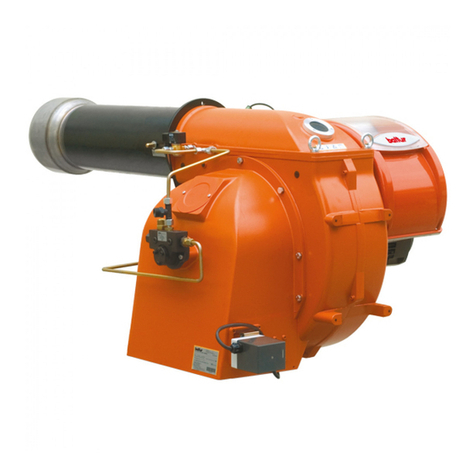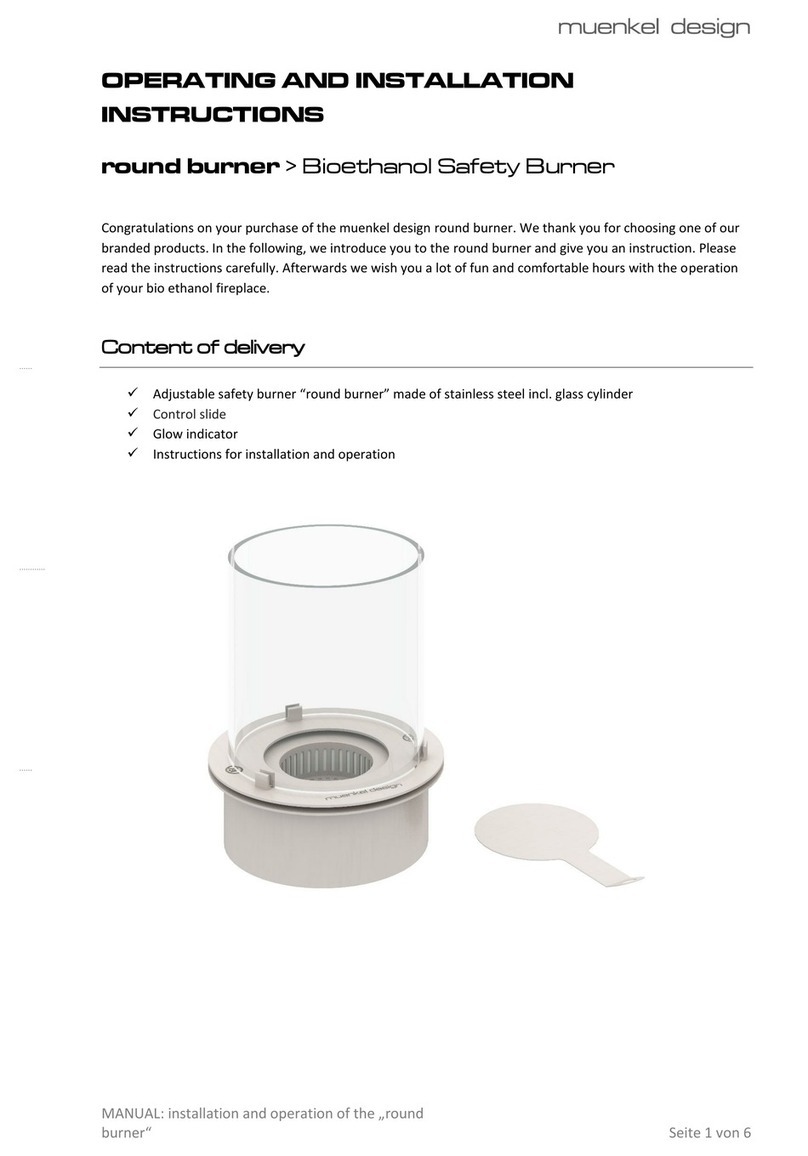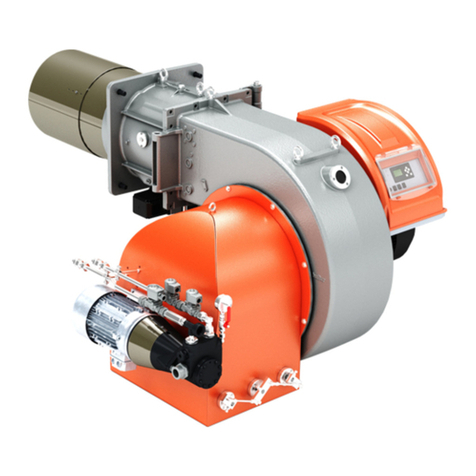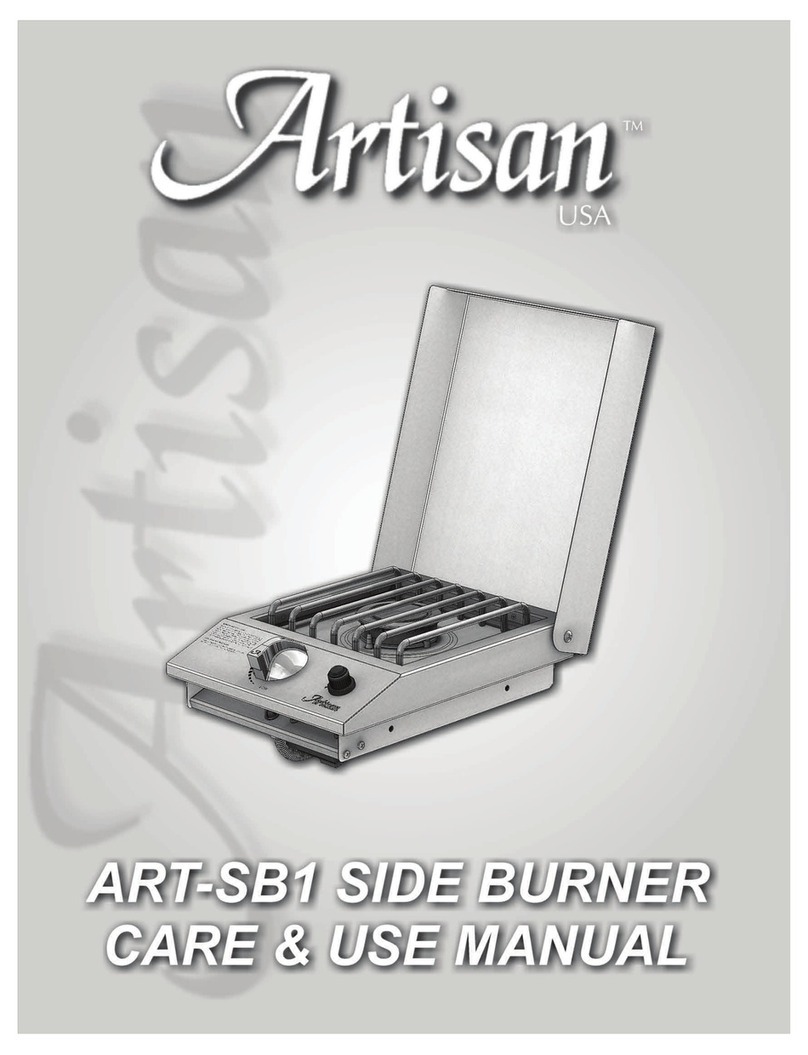
10 01/227102-803A
D. Combustible/Non-combustible Materials
• Combustible Material - Material made of or surfaced
withwood, compressed paper,plant bers,plastics,or
any material capable of igniting and burning, whether
ame-proofedornot,plasteredornon-plastered.
• Non-combustible Material - Material which will not
ignite and burn. Such materials are those consisting
entirely of steel, iron, brick, tile, slate, glass or plasters,
or any combination thereof.
• Non-combustible Sealant Material - Sealants which
will not ignite and burn: Rutland, Inc. Fireplace Mortar
#63, Rutland 76R, Nuex 304, GE RTV106 or GE
RTB116 (or equivalent).
E. Seasoned Wood
Burn only dry seasoned wood. Store wood under cover,
outoftherainandsnow.Dryandwell-seasonedwoodwill
not only minimize the chance of creosote formation, but will
giveyouthemostecientre.Evendrywoodcontainsat
least 15% moisture by weight, and should be burned hot
enough to keep the chimney hot for as long as it takes to
drythewoodout-aboutonehour.Itisawasteofenergyto
burn unseasoned wood of any kind.
Deadwoodlyingonthe forestoorshouldbeconsidered
wet, and requires full seasoning time. Standing dead wood
can be considered to be about 2/3 seasoned. To tell if wood
isdryenoughtoburn,checktheendsofthelogs.Ifthere
are cracks radiating in all directions from the center, it is dry.
Ifyourwoodsizzlesinthere,eventhoughthesurfaceis
dry, it may not be fully cured.
Hearth&HomeTechnologiesWILLNOTwarrantystoves
that exhibit evidence of over-ring. Evidence of over-
ringincludes,butisnotlimitedto:
• Warpedairtube
• Deteriorated refractory brick retainers
• Deterioratedbaeandotherinteriorcomponents
1. Symptoms of Over-Firing
Symptoms of over-ring may include one or more of
thefollowing:
- Chimneyconnectororapplianceglowing.
- Roaring,rumblingnoises.
- Loudcrackingorbangingsounds.
- Metalwarping.
- Chimneyre.
2. What To Do if Your Appliance is Over-Firing
- Immediatelyclosethedoorandaircontrolstoreduce
airsupplytothere.
- Ifyoususpectachimneyre,calltheredepartment
and evacuate your house.
- Contact your local chimney professional and have
your appliance and appliance pipe inspected for
any damage.
- Donotuseyourstoveuntilthechimneyprofessional
informs you it is safe to do so.
NOTICE: Improper operation can turn any wood
appliance into a smoldering environmental hazard.
Splitting wood before it is stored reduces drying time.
Woodshouldbestackedsothatboth endsofeachpiece
are exposed to air, since more drying occurs through the
cut ends than the sides. This is true even with wood that
has been split. Store wood under cover, such as in a shed,
or covered with a tarp, plastic, tar paper, sheets of scrap
plywood, etc., as uncovered wood can absorb water from
rain or snow, delaying the seasoning process.
F. Burning Process
In recent years there has been an increasing concern
about air quality. Much of the blame for poor air quality
has been placed on the burning of wood for home heating.
Inorder toimprovethe situation,weat VermontCastings
have developed cleaner-burning wood appliances that
surpass the requirements for emissions established by
our governing agencies. These wood appliances must be
properly operated in order to ensure that they perform the
way they are designed to perform.
1. Kindling or First Stage - Ithelpstoknowalittleabout
the actual process of burning in order to understand what
goesoninsideaappliance.Therststageofburningis
calledthekindlingstage.Inthisstage,thewoodisheated
to a temperature high enough to evaporate the moisture
which is present in all wood. The wood will reach the
boiling point of water (212°F) and will not get any hotter
until the water is evaporated. This process takes heat
from the coals and tends to cool the appliance.
Firerequiresthreethingstoburn-fuel,airandheat.So,
if heat is robbed from the appliance during the drying
stage, the new load of wood has reduced the chances
for a good clean burn. For this reason, it is always best to
burndry,seasoned rewood.Theheatgenerated from
thereshouldbewarmingyourhomeandestablishing
the ue draft, not evaporating the moisture out of wet,
unseasoned wood, resulting in wasted heat.
2. Second Stage - The next stage of burning, the secondary
stage,istheperiodwhenthewoodgivesoammable
gases which burn above the fuel with bright ames.
During this stage of burning it is very important that the
amesbemaintainedandnotallowedtogoout.Thiswill
ensurethecleanestpossiblere.


